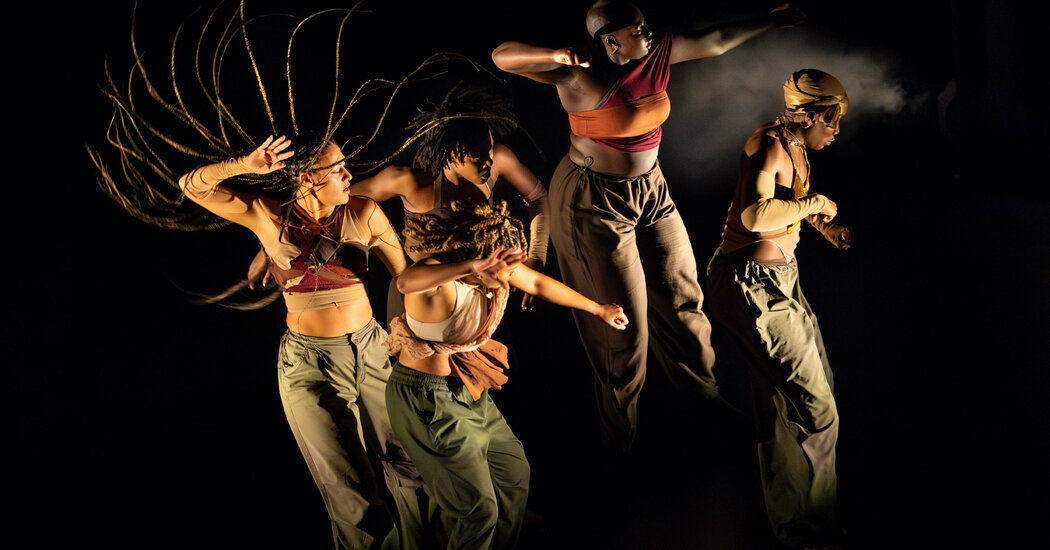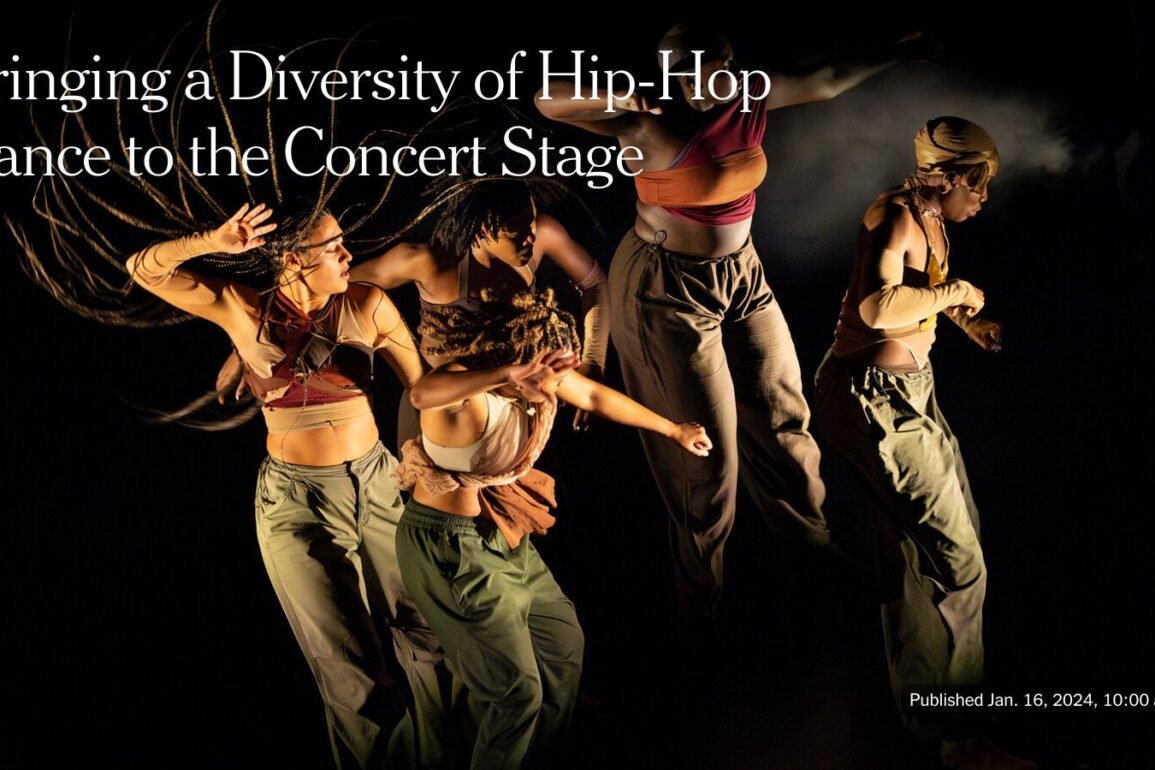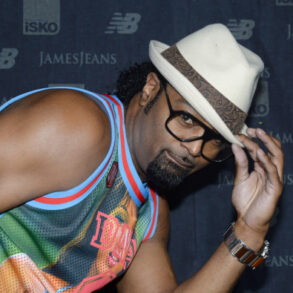
The highlight of the street dance festival “Motion/Matter” at the Perelman Performing Arts Center came at the end: an all-styles battle that honored roots.
Fifty years into the history of hip-hop, street to stage transfers remain tricky. Hip-hop dance is diverse and globally dominant, but when it’s put on concert stages, something often gets lost.
Over the past two weekends, the city’s newest theater, the marble cube of the Perelman Performing Arts Center, hosted “Motion/Matter,” a festival of street dance. Sampling both local artists and international ones, from Africa, Europe and Asia, it focused on theatrical productions in several styles but also hedged its bets and honored roots by finishing with an all-styles dance battle. If the range was more impressive than the individual entries, the festival was still valuable, bringing news of what’s happening around the world along with reminders of bars already set by earlier generations.
The first selection, “Afrikan Party,” was intriguing but confusing. The four dancers of Supa Rich Kids — from Ivory Coast, Nigeria and Spain, led by Oulouy — began caked in white powder, two inert on the ground, the third dragging the limp body of the fourth. Later, they all got goofy, laughing and whacking one another like the Three Stooges or doing silly duck walks, as if death (if that’s what the limp bodies and powder signified) were a joke.
Sometimes, they seemed to fight, their dancing like fragments of James Brown footwork topped by twitches. Then they changed into wild outfits, screamed “African party!” and pulled members of the audience into the dance. Was this ironic? Cathartic? The tone was hard to read.
“BreAking,” by the Korea National Contemporary Dance Company, had the opposite problem. Its concept was all too obvious. Near the start, a line of eight dancers advanced toward the audience, then seemed to crash (not very precisely) into an invisible fourth wall. Later, the wall idea was represented by sheets of transparent plastic, which the dancers struggled behind or tried to climb over or placed between themselves as they stacked their bodies like a sandwich. Eventually, they broke through the invisible wall and celebrated with — what else?— a dance party. But their varied skills, from hip-hop to balletic contemporary, were more diminished than enhanced by the frame.
“The Barefoot Diva” fell somewhere between these poles of bewildering and blatant. The work, choreographed by the French dancer Nicolas Huchard, was clearly intended to celebrate its five female dancers. A voice-over section that told us they were phenomenal, listing their attributes as they posed, too closely resembled a fashion commercial. But the dancers had already established their strengths as movers with attitude in a slow-building introduction tightly tied to its music. And the ending was a stunner, as the women dipped in and out of rainbow-ribbon light projections that showed off their curves and undulations much more eloquently than the words had.
The festival’s one commissioned work, “P is for Pop D is for Dip,” by the New York vogue artist Kia LaBeija, was its weakest. It was a duet in a series of short episodes. When LaBeija and Ehizoje Azeke, dressed identically, first connected, LaBeija was flirtier, Azeke more melancholic, striking “Alas, poor Yorick” poses. In later episodes, they separated and alternated, the modest Azeke posing contemplatively before a mirror, the soft-edged LaBeija, frustrated, posing with a rotary phone. The end seemed to rewrite the beginning so that the pair could embrace and entwine, but if the work had personal meaning for LaBeija — it’s dedicated in memoriam to her fellow House of LaBeija dancer Derrick Davis — that meaning didn’t register with much kinetic or theatrical force.
After all this intermittently effective concert work, the culminating dance battle came as a relief and a release. The organizers did this one right. The eight contestants were all top-notch dancers, so the one-on-one rounds progressing to a semifinal and final were all exciting matches of high creativity and skill, ably driven by DJ Bizzy and entertainingly managed by MC Cebo.
Onjay, an expert in the arm twirling of waacking with sharp musicality and a killer instinct under femme stylings, secured third place — and the evening’s only unanimous verdict — by half assaulting, half coming on to the judges. The final pitting Castro, a large-bodied popper of quick-minded invention and wit against Javier Ninja, a voguer of extraordinary precision and flamboyant flexibility, was a bit of an anticlimax — Castro won — since both dancers had expended their best stuff in earlier rounds.
The height of the evening, and of the festival as a whole, came just before that final round, when each of the esteemed judges got a chance to show off. “Look at the quality of movement, not the amount of moves,” Cebo counseled. And Ken Swift didn’t have to do much to demonstrate that he, maybe the best B-boy ever, is still a paragon of style in his late 50s.
Even better was Rennie Harris, who, as a choreographer, has excelled more than anyone else with street to stage transfers. At 59, he doesn’t dance in public that often anymore. Here, he had DJ Bizzy play “Chop Suey!” by the heavy metal band System of a Down, and for three minutes, he showed how terrifying popping and locking can be. He isolated his joints, collapsed into himself, rolled his tongue. This was pain and beauty commingled, a reminder of the intense expressive possibilities of street dance. “Motion/Matter” brought the new, but it was the veterans who really won.
This post was originally published on this site be sure to check out more of their content.





